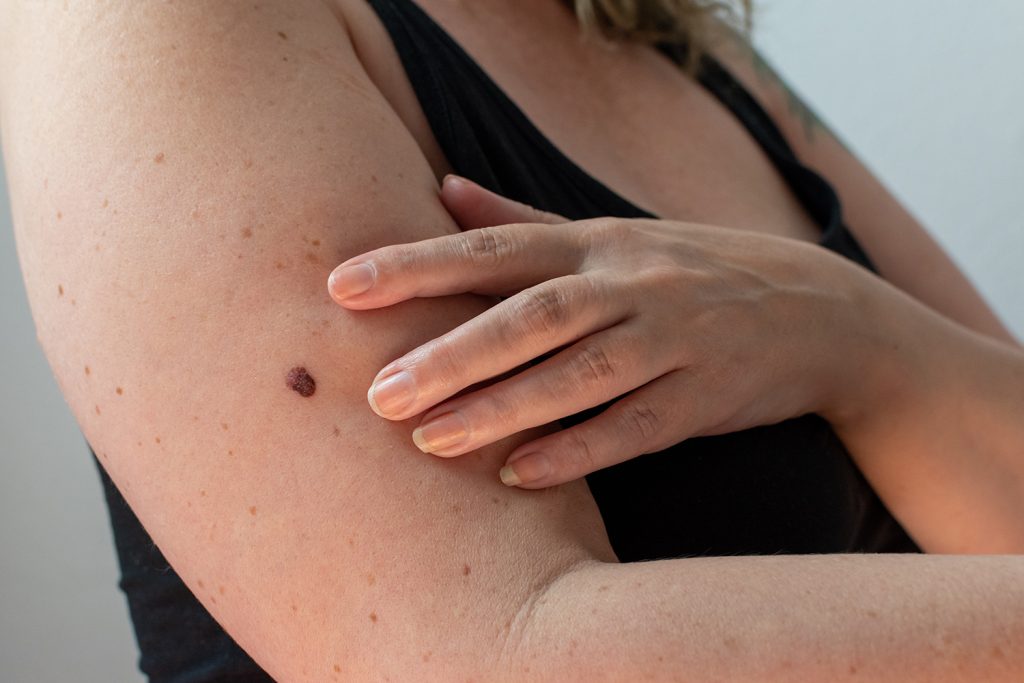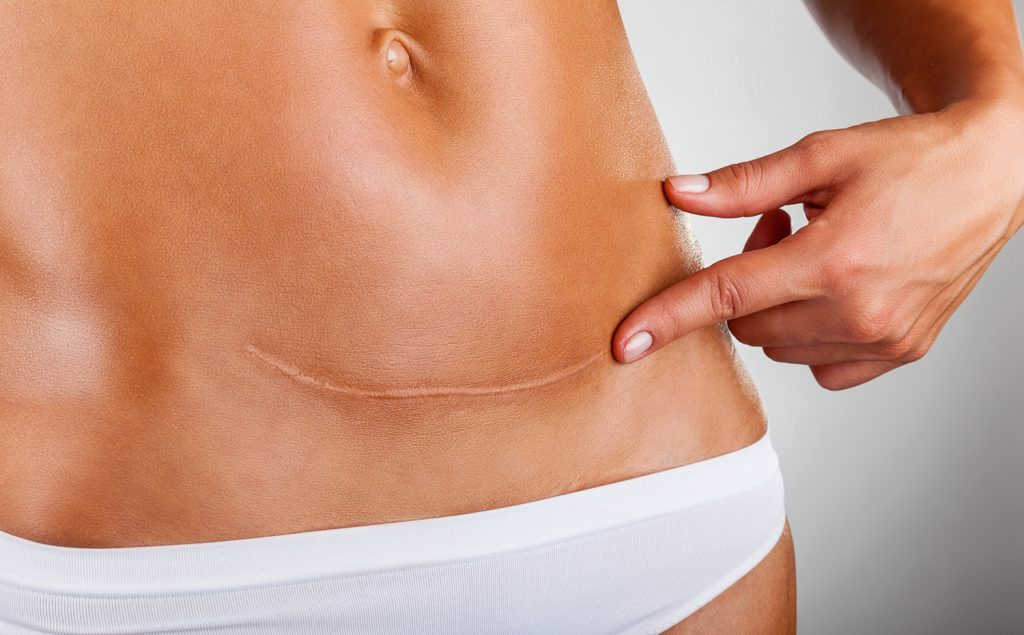Minor Procedures
Minor Procedures Overview
A minor procedure refers to a medical intervention or treatment that is relatively simple, low-risk, and typically does not require general anesthesia. These procedures are often performed in outpatient settings, such as a doctor’s office or outpatient surgery center. Minor procedures are straightforward in nature and do not involve complex surgical techniques or extensive manipulation of tissues.
What to Consider
Pain & Discomfort
Procedure Details
Recovery & Aftercare
Types Of Minor Procedures
Lacerations are a tear in the skin secondary to trauma. These are commonly repaired under local anesthesia using dissolving sutures. A dressing may be applied post procedure which can be replaced as needed. Most patients can return to work the following day and resume exercise within 72 hours. The site may be tender for several days with mild bruising depending upon the type of trauma sustained.
Earring repairs can be done for partially torn lobes secondary to earring wear or completely torn lobes. The procedure is done under local anesthesia with minimal pain. A combination of dissolving and permanent sutures is used to repair the defect. There is little to no downtime. Patients may return to work the following day as well as resume exercising within 48 hours. Patients will return within the office one week to remove outer permanent sutures. There is no dressing to the repair site. Earlobes may be re-pierced within 6 months.
Earlobe repairs range from re-shaping the earlobe to repairing larger defects created by previous gauge placement. This procedure is done under local anesthesia with minimal pain. A combination of dissolving and permanent sutures is used to repair the defect. There is little to no downtime associated with the procedure. Patients may return to work the following day as well as resume exercising within 48 hours. Patients may return to the office within one week to remove outer permanent sutures.
Lesions can be anything such as age spots, sun damage, warts, etc. A cyst or a lipoma are small subdermal masses that are benign but can be bothersome to the patient. The removal process uses a small incision using local anesthesia. Dissolving sutures are used to repair the skin incision. Patients may return to work the following day and resume exercise within 72 hours depending upon the area. A dressing may be applied to the site post procedure and will be removed at the follow-up visit within a week. If the removal of multiple lesions is needed, the maximum at one time would be three.
A scar revision is done to improve the contour and aesthetic appearance of a scar. Although a scar cannot be erased or completely removed, the quality of the scar can many times be improved. Scars that are thick, wide and/or raised can sometimes be converted to a soft, fine white line scar. The current scar is completely removed, and the resulting incision is closed to result in a better-quality scar. This simple procedure can be done under local anesthesia. Patients may return to work the following day and resume exercising within 72 hours. A light dressing may be applied after the procedure is complete. Patients may shower within 24 hours.
Hear from Dr. Antimarino
About Dr. Antimarino
BOARD-CERTIFIED PLASTIC SURGEON
Dr. Jeffrey Antimarino, a board-certified plastic surgeon with over 18 years of experience, combines compassion, artistry, and a Southern California flair in his practice. Educated at Pepperdine and Creighton Universities, he completed his surgical training at USC, specializing in aesthetic procedures, breast surgery, and post-weight loss reconstruction. Since relocating to Pittsburgh in 2007, he has maintained a California license, ensuring he stays current with the latest techniques. He’s well-regarded for educating patients and his involvement in community and women’s health initiatives.
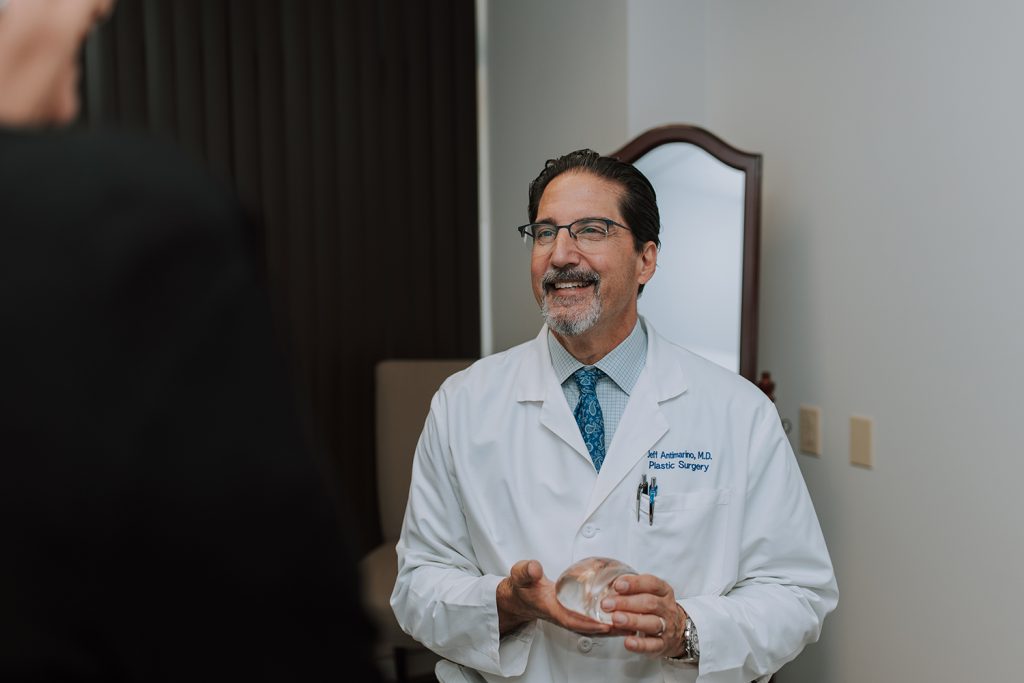
Frequently Asked Questions
What qualifies as a minor procedure?
A minor procedure typically refers to a relatively simple, low-risk procedure that can be performed without general anesthesia.
How should I prepare for a minor procedure?
Patients will be instructed on how to prepare for their in-office procedure which may include arranging transportation, and understanding any specific instructions from their provider.
What are the risks associated with a minor procedure?
Potential side effects may include infection, bleeding, allergic reactions to medications, and less commonly, damage to surrounding tissues.
Will the minor procedure be painful?
Dr. Antimarino will review pain management during and after the procedure, including whether local anesthesia will be used, what sensations they might experience, and what pain relief options will be available post-procedure.
What is the recovery process like after a minor procedure?
Patients will review recovery time, activity level, restrictions and wound care after their procedure with Dr. Antimarino and his staff. A follow up appointment is scheduled at this time and contact information is shared involving who to contact should complications arise.
Schedule Your
Consultation Today!
During your consultation, Dr. Antimarino will walk you through a series of questions to determine your concerns, goals and expectations. Dr. Antimarino will discuss with you any medical conditions you may have or treatments you are going through, what medications you may be taking, and any previous surgeries.
Other Procedures
Our Locations
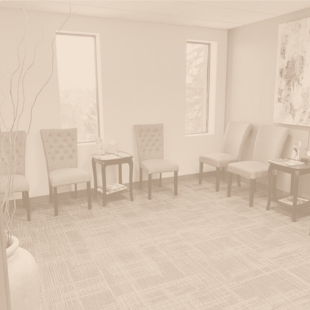
Monroeville
117 FOX PLAN ROAD, SUITE #300,
MONROEVILLE, PA 15146
GET DIRECTIONS
Fri: 8 am – 4:00 pm
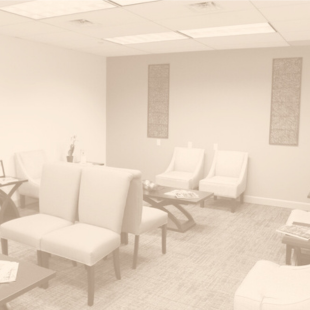
Shadyside
5301 FIFTH AVENUE, SUITE A,
PITTSBURGH, PA 15232
GET DIRECTIONS
Fri: 8 am – 4:00 pm




